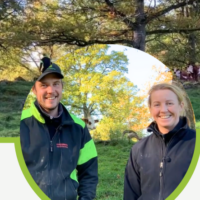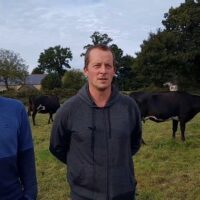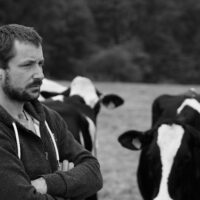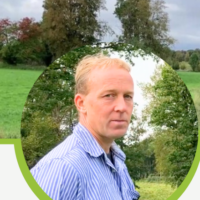Meeting challenges with lakeshore grazing
Ann-Charlotte WALLENHAMMAR & Lars-Eric ANDERSON – Improvement of grassland management
PDF Practice abstract (english)
Description
Practice abstract
Lars Eric Anderson and Ann-Charlotte Wallenhammar run the Åkerby manor with certified organic meat production with 40 Angus suckler cows, and 100 animals in total. The farm has 200 ha arable land. The most important resource for the animal production is the 70 ha of pastures that stretch 4 km along a lake.
Grazing on these lands is a challenge. The water level varies considerably from year to year.
Rain has big impact on the pastures and sometimes the cattle must be moved to another place. The nearby mountains increase the water level when heavy rains occur. As a consequence, the pasture’s size varies. The pastures are at risk of being overgrown or flooded so that the cattle cannot graze there.
A dialogue with authorities involved in the support systems has led to better understanding Flexible support systems are desired. Agri-environmental payments are important to be able to graze the pastures. One problem is that the local conditions change from year to year while the requirements to be granted agri-environmental payments are fairly strict.
There must be pastures on temporary grasslands as a complement due to the fluctuating supply. The farm grows timothy grass seed, and both regrowth grazing and the straw are important complementary resources.
The problem of fencing in the water is solved by fencing when the water level is low, or from a boat. Trees and shrubs must be controlled. Willow can only be cleared when there is ice on the lake. Alder can be cleared with stump grinder, it’s an efficient but expensive method. The cattle won’t eat alder.
Context profil
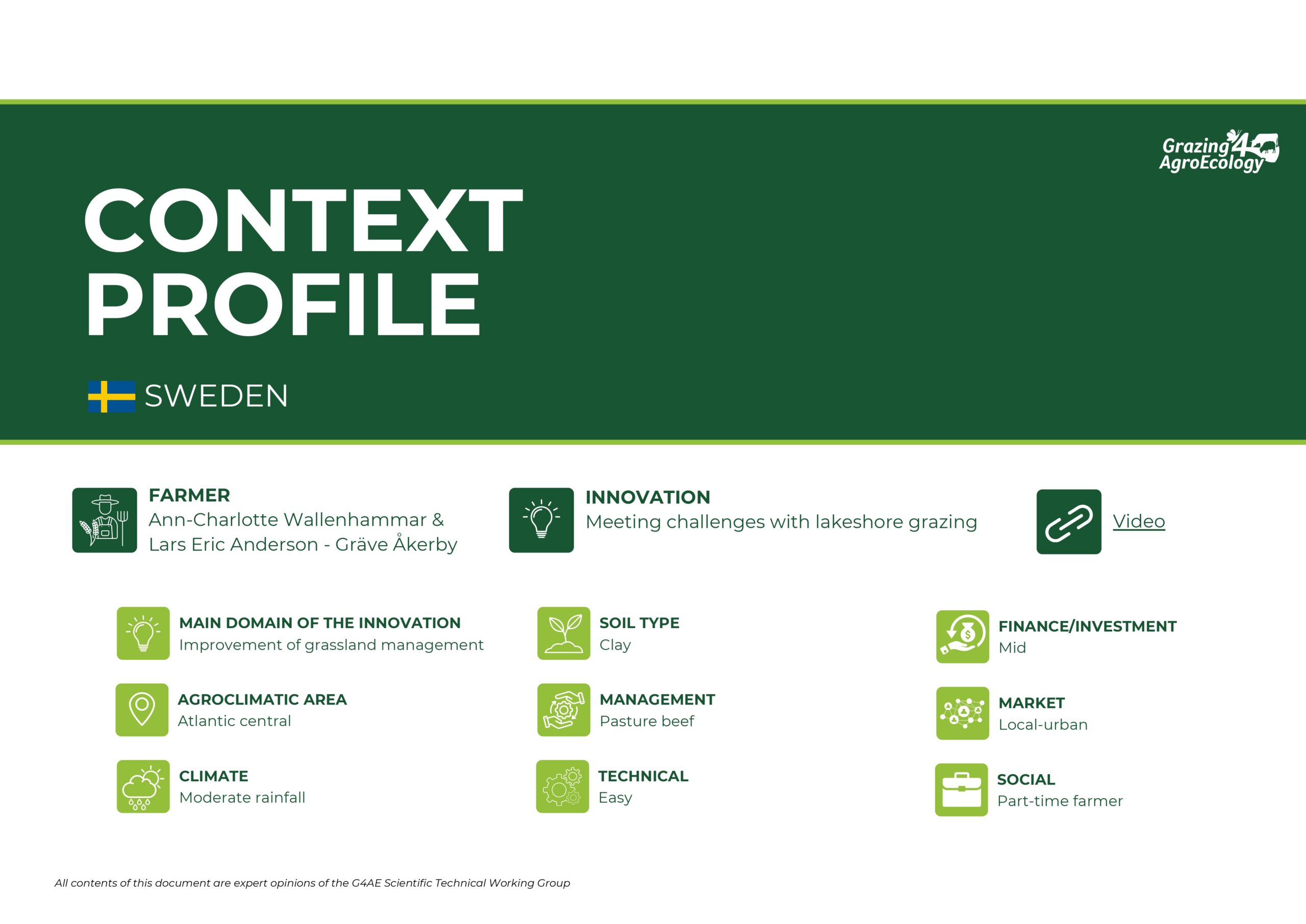
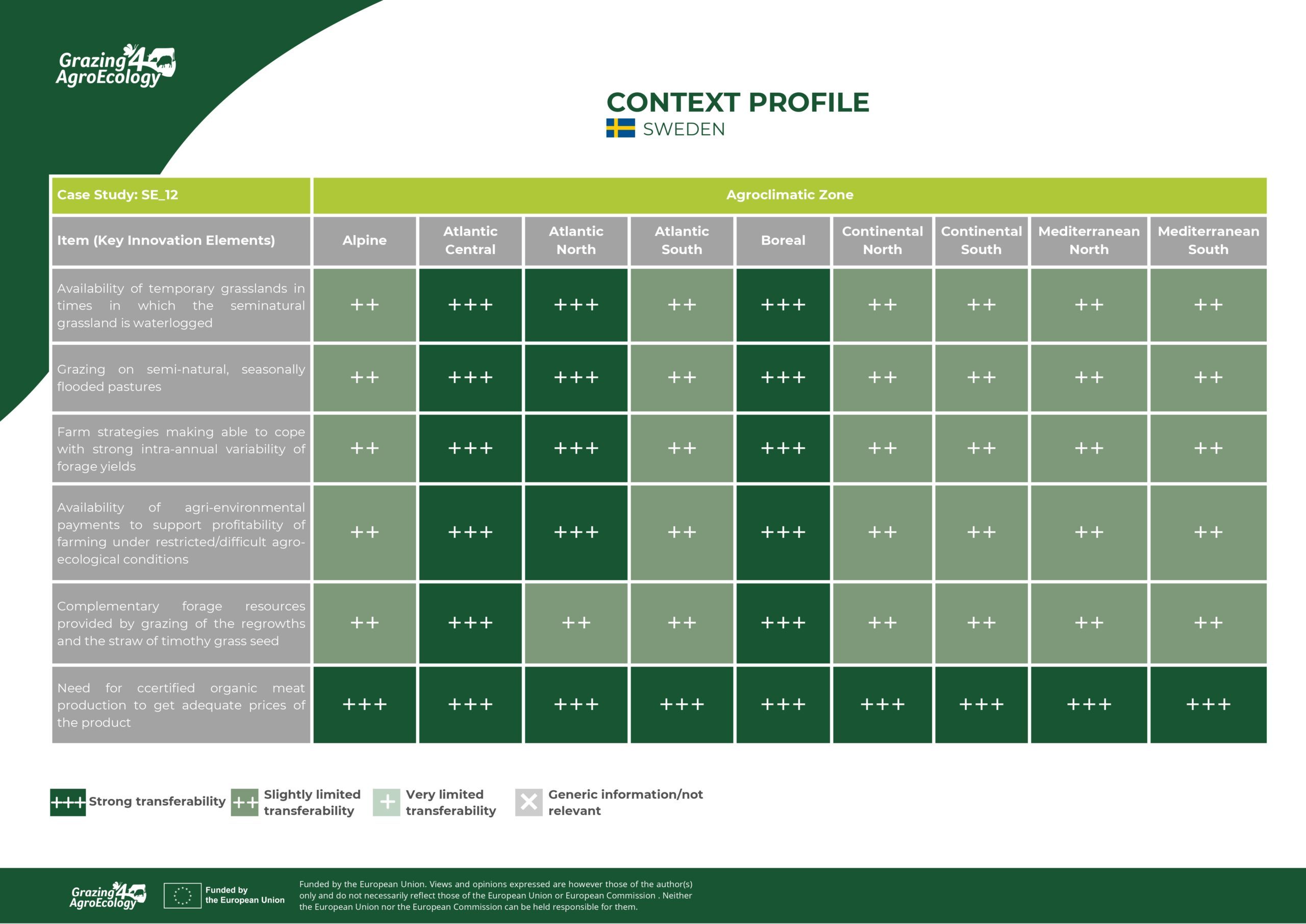
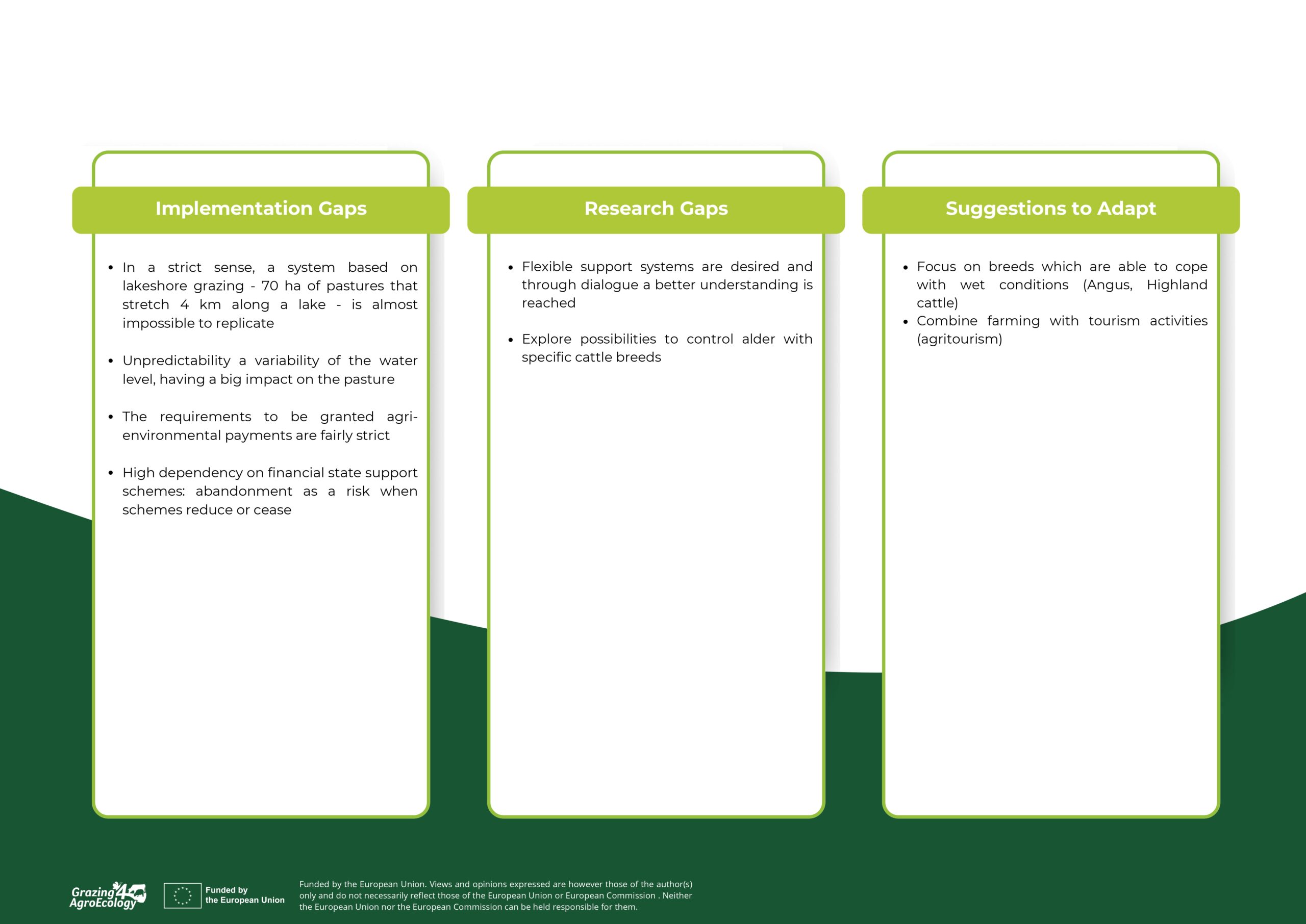
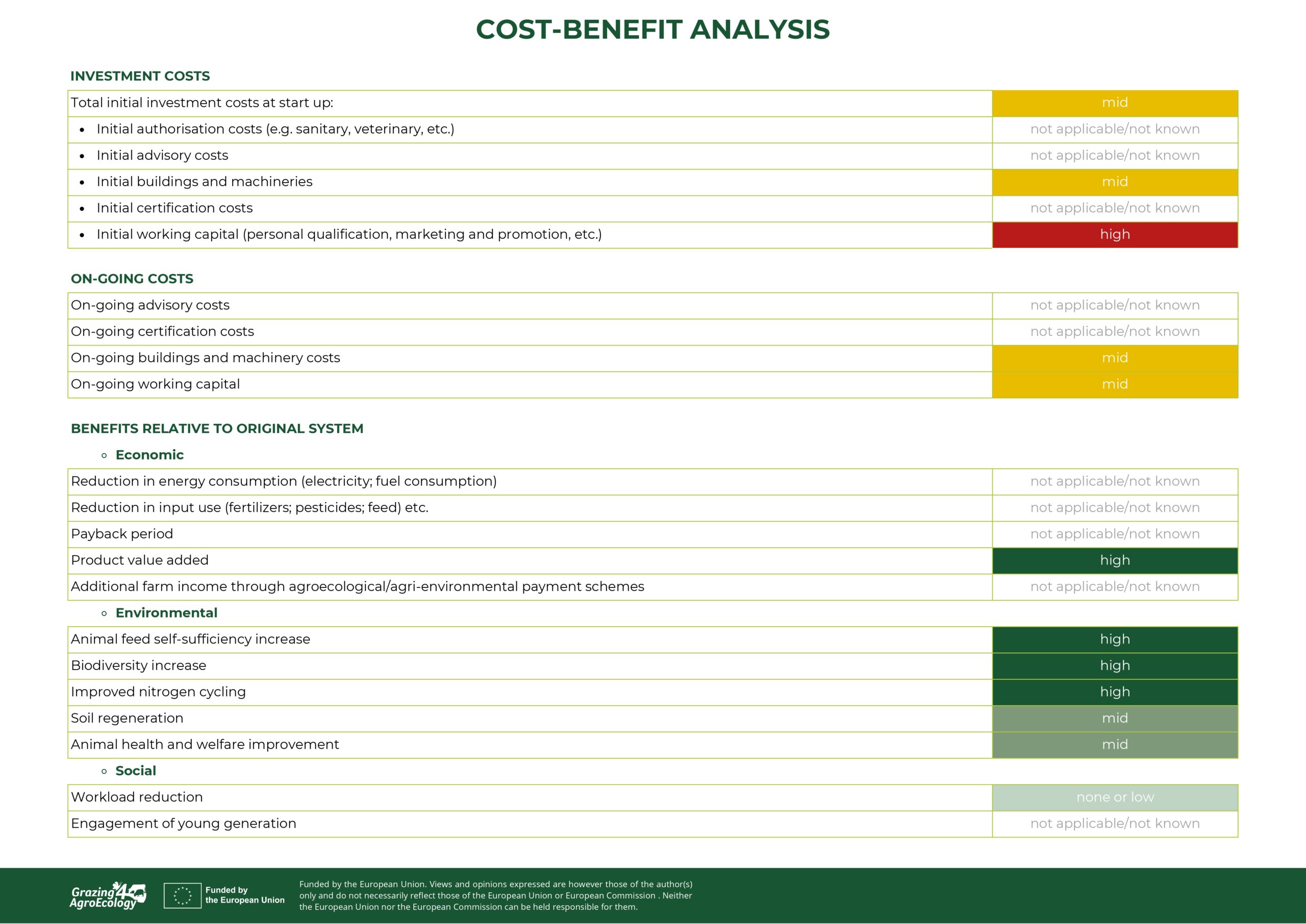
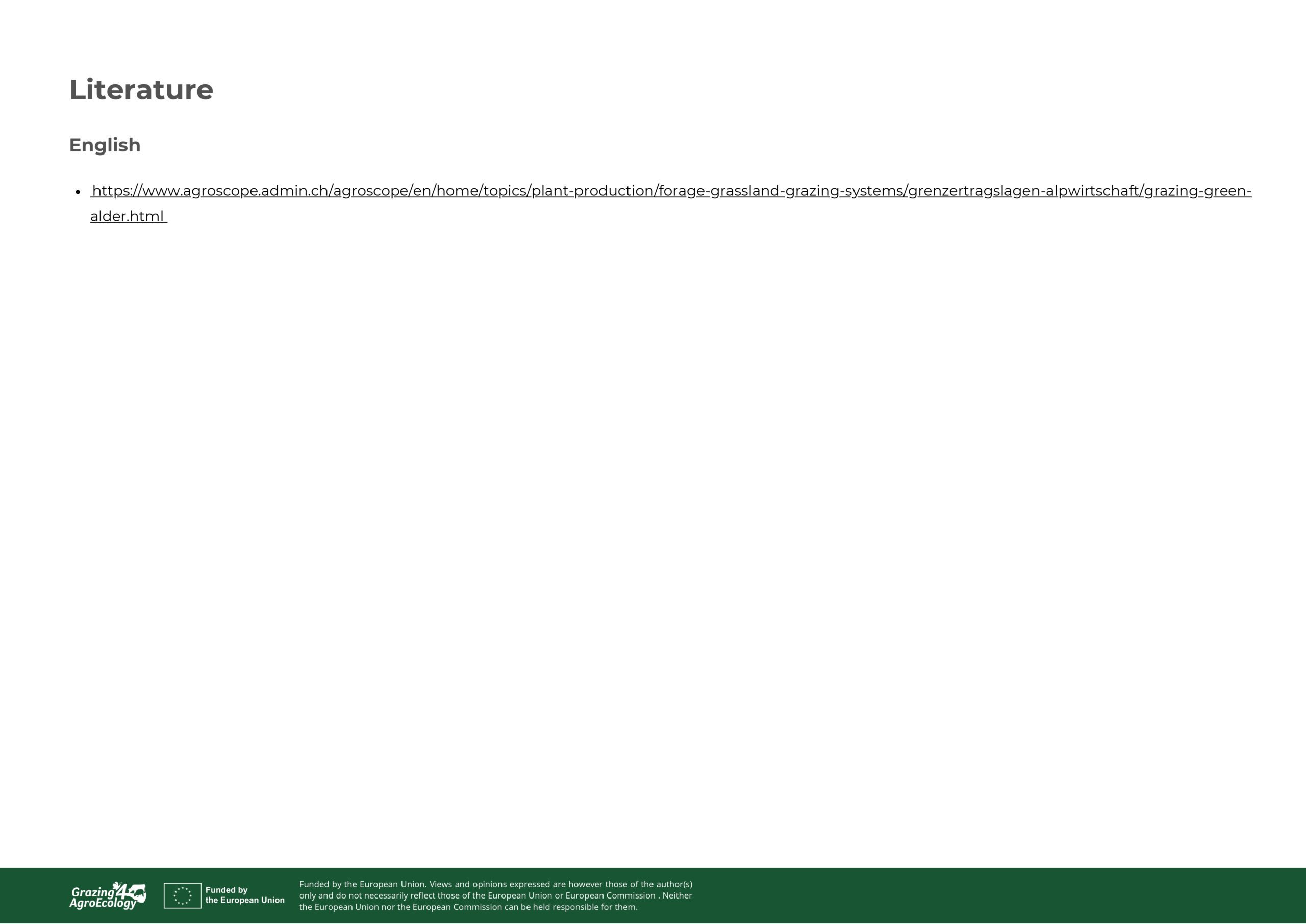
Additional information
| Main domain of innovation | Improvement of grassland management |
|---|---|
| Agroclimatic area | Atlantic central |
| Climate | Moderate rainfall |
| Soil Type | Clay |
| Management | Pasture beef |
| Technical | Easy |
| Finance/investment | Mid |
| Market | Local-urban |
| Social | Part-time farmer |

